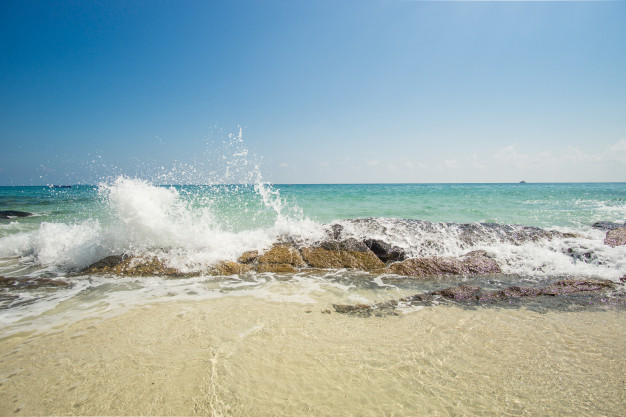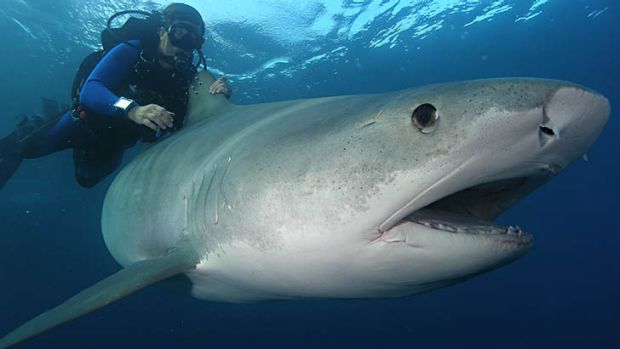A mid-ocean ridge is a kind of underwater mountain system produced by plate tectonics. It comprises several mountains tied in chains, generally giving birth to a valley known as a rift driving along its spine.
This kind of oceanic mountain ridge is standard of what is known as an oceanic spreading midst, which is accountable for seafloor spreading. The creation of new seafloor results from mantle upwelling in comeback to plate spreading. This isentropic upwelling solid mantle material sometimes surpasses the solidus and melts.
The buoyant melt surges as magma at a linear weakness in the oceanic crust, and comes with as lava, developing a new crust upon cooling. A mid-ocean ridge demarcates the barrier between two tectonic plates and accordingly is termed a divergent plate boundary.
Mid-Ocean Ridges are geologically strong, with developed magma endless originating onto the ocean floor and into the crust at and near rifts along the ridge axes. The crystallized magma forms a new crust of basalt (recognized as MORB for mid-ocean ridge and basalt) and gabbro. They are developed by two oceanic plates moving away from each other.
The rocks forming the crust below the seafloor are immature at the axis of the ridge and duration with increasing distance from that axis. Formed the magma of basalt composition arises at and near the axis because of decompression melting in the underlying Earth’s Mantle.
The Oceanic crust is formed of rocks much newer than the Earth itself. Most Oceanic Crust in the ocean basins is insignificant than 200 million years old. The crust is in a continual state of “renewal” at the ocean ridges. Moving away from the mid-ocean ridges, ocean depth progressively increases; the greatest depths are in ocean trenches. As the oceanic crust pushes away from the ridge axis the peridotite in the underlying mantle cools and comes to be more rigid. The crust and the considerably rigid peridotite below it form the oceanic lithosphere.
Slow Spreading Ridges like the Mid-Atlantic Ridge (MAR) generally have large, wide rift valleys, sometimes as wide as 10-20 km (6.2-12.4 mi), and very rugged terrain at the ridge crest that can have the aid of up to a 1,000 m (3,300 ft.).

The difference of fast-spreading ridges like the East-Pacific Rise (EPR) are shapely, pointed incisions surrounded by commonly flat topography that tilts away from the ridge over many hundreds of miles.
The across-the-board contour of ridges yields from Pratt isostasy; near to the ridge axis, there is a hectic, low-density mantle benefiting the oceanic crust. As the oceanic plates frigid, away from the ridges axis, the oceanic mantle lithosphere (the colder, denser piece of the mantle that, together with the crust, includes the oceanic plates) thickens, and the density rises. Thus the older seafloor is underlain by denser material and ‘sits’ deeper.
The width of the ridge is accordingly a method of spreading rate- slow ridges like the MAR have dispersed much less fat than faster ridges like the EPR for the same quantity of replenishing and resulting bathymetric drop-off.
Examples of Mid-Ocean Ridge:

Kolbeinsey Ridge – An item of the Mid-Atlantic Ridge north of Iceland in the Arctic Ocean.
Mohns Ridge
Knipovich Ridge (between Greenland and Spitsbergen)
Reykjanes Ridge (south of Iceland)
Cocos Ridge
Explorer Ridge
Gorda Ridge
Chile Rise
Pacific-Antarctic Ridge
Central Indian Ridge
Conclusion
We have discussed what a mid-ocean ridge with some popular examples and we hope you would like the information. If you have any questions regarding the mid-ocean ridge, let us know through the comment box and share your reviews as well.





